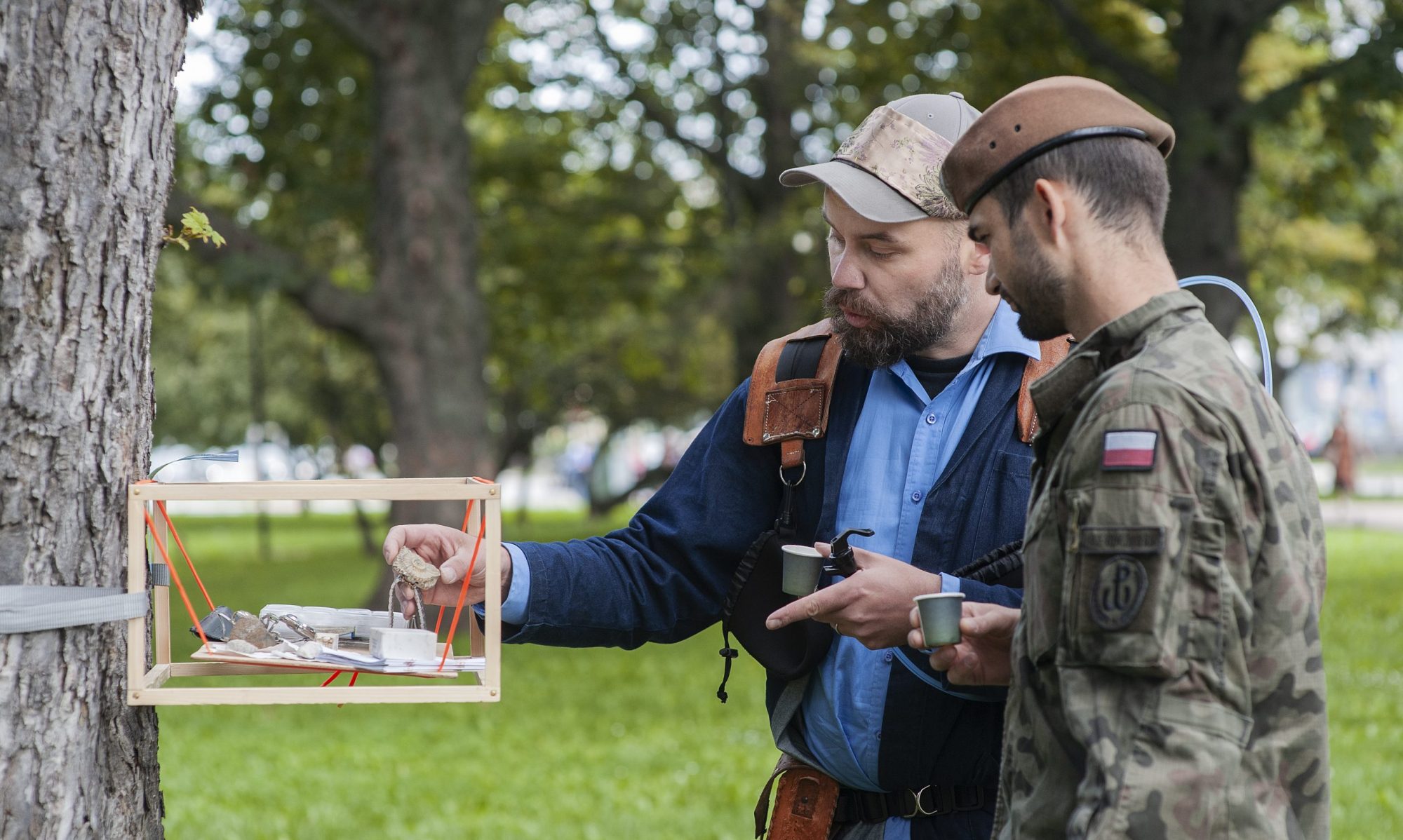Esitys-magazine archives have been made accessible online! The archive includes all of the issues from the 10 year publishing period. The archive is available on Reality Research Centers site. Previous people interested in the publications could only gain access to them trough the Eskus offices/library.
Sara Salem reviews Colonial Lives of Property (2018) Brenna Bhandar. Her review is titled Property as Futurism (2019). The text wanders a bit but feels important. She’s calling for a different political imaginary of property.
The colonial drive to appropriate indigenous land—often in the process exterminating indigenous peoples—did not only have specific social, political and economic effects, but also produced legal understandings of land, property and citizenship.
I found myself nodding a lot while reading
Nodding as a Non-Performative (2019) Sara Ahmed. Non-performative is a very interesting concept. It indicates relationships in which words are said because of what they do not do.
Nods seem to surround complaints. We learn from our surroundings. A nod is when you move your head up and down, often several times, to show an agreement, approval or a greeting. […] The movement of a head up and down seems to be telling the one who is giving the complaint that their complaint is not only being received but is being received well. What we are left with is often how we can understand something: if you feel encouraged perhaps that is what nodding is doing: nodding as encouraging.
I introduced the term “non-performative” as a kind of counter-claim: I was trying to counter a claim that institutional speech acts are performatives that I could hear in how statements of commitments were being used by organizations: as if saying “we are diverse” or we are “committed to diversity” is sufficient to bring something about. Diversity itself might function as a nod, a yes, yes, that does not require much movement at all. If a nod can operate in the realm of the non-performative, then bodies can be in on the act, that is, bodies too can appear to act. A nod can be made in order not to bring something into effect.
It is important to think more about how a hearing can be a stoppage or part of a longer history of stoppages. Nodding seems often to be what you receive (or how you are received) in the early stages of a complaint process.
[…] when a nod is performed well, it does not even appear as a performance; you know that others, those who are not where you are, doing what you are doing, not witnessing what is happening behind closed doors, might be convinced.

